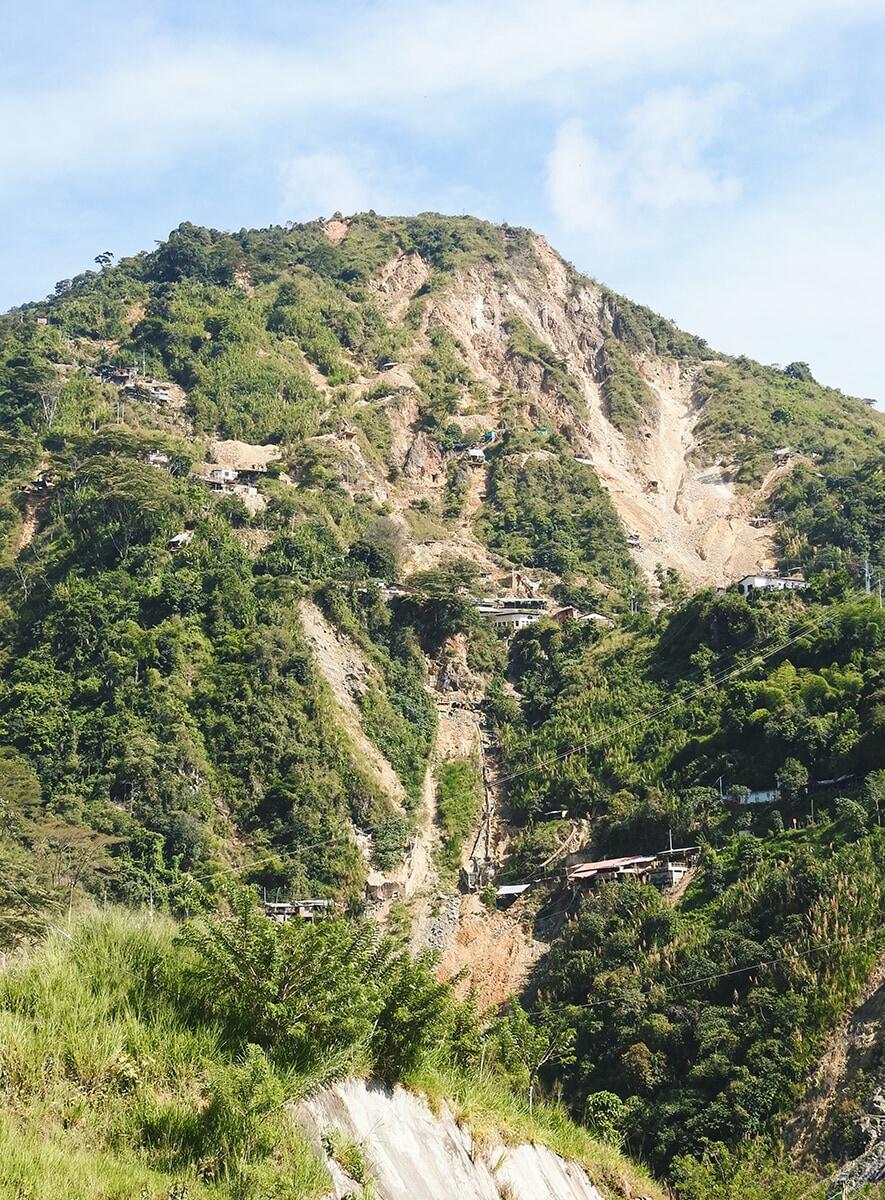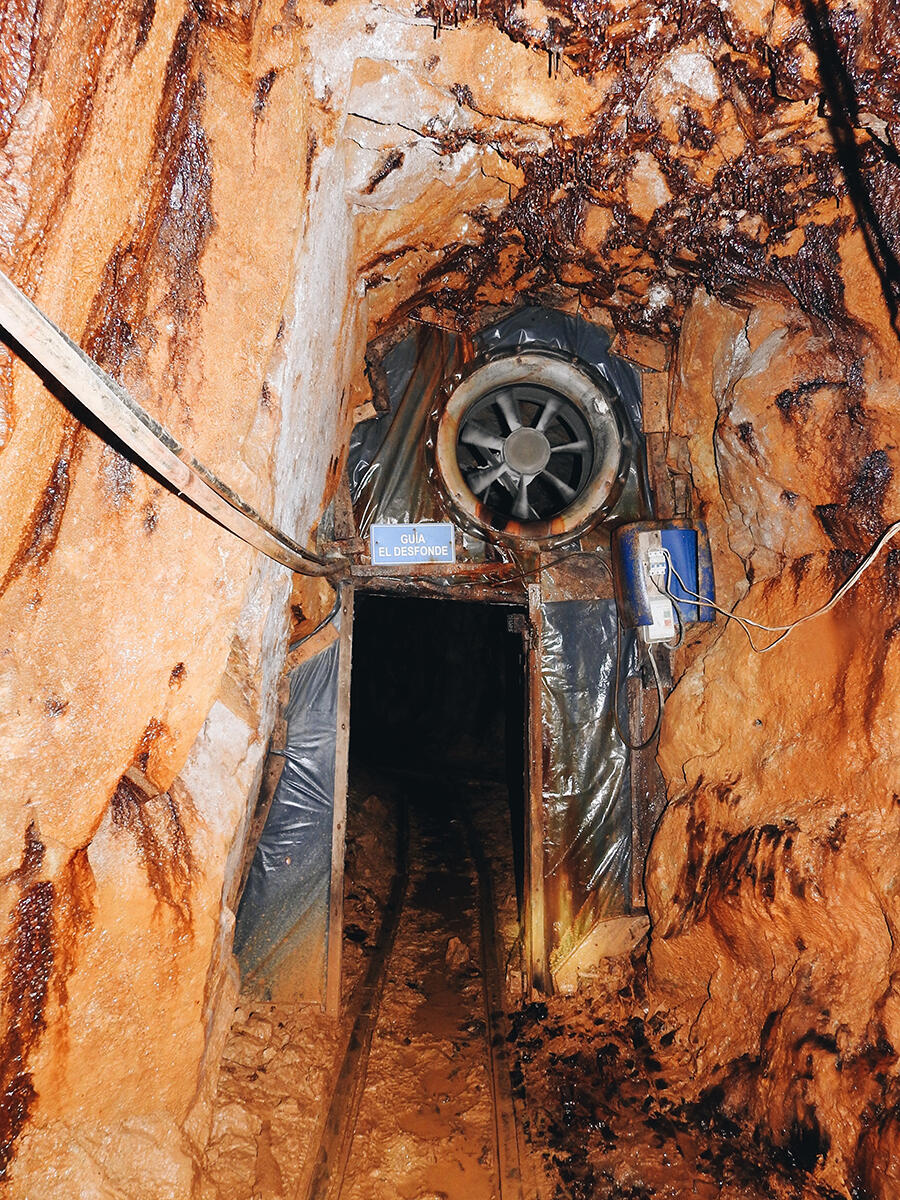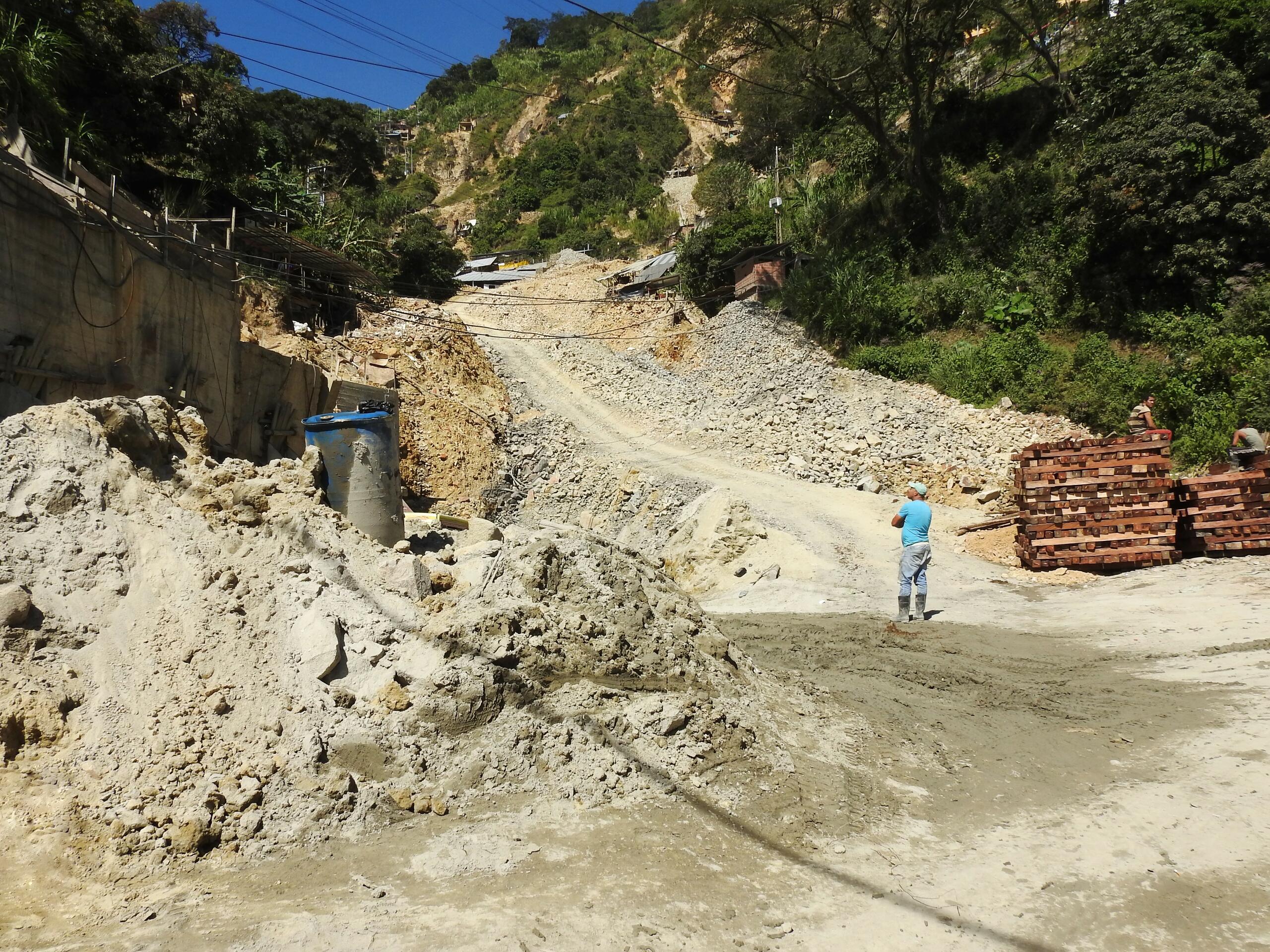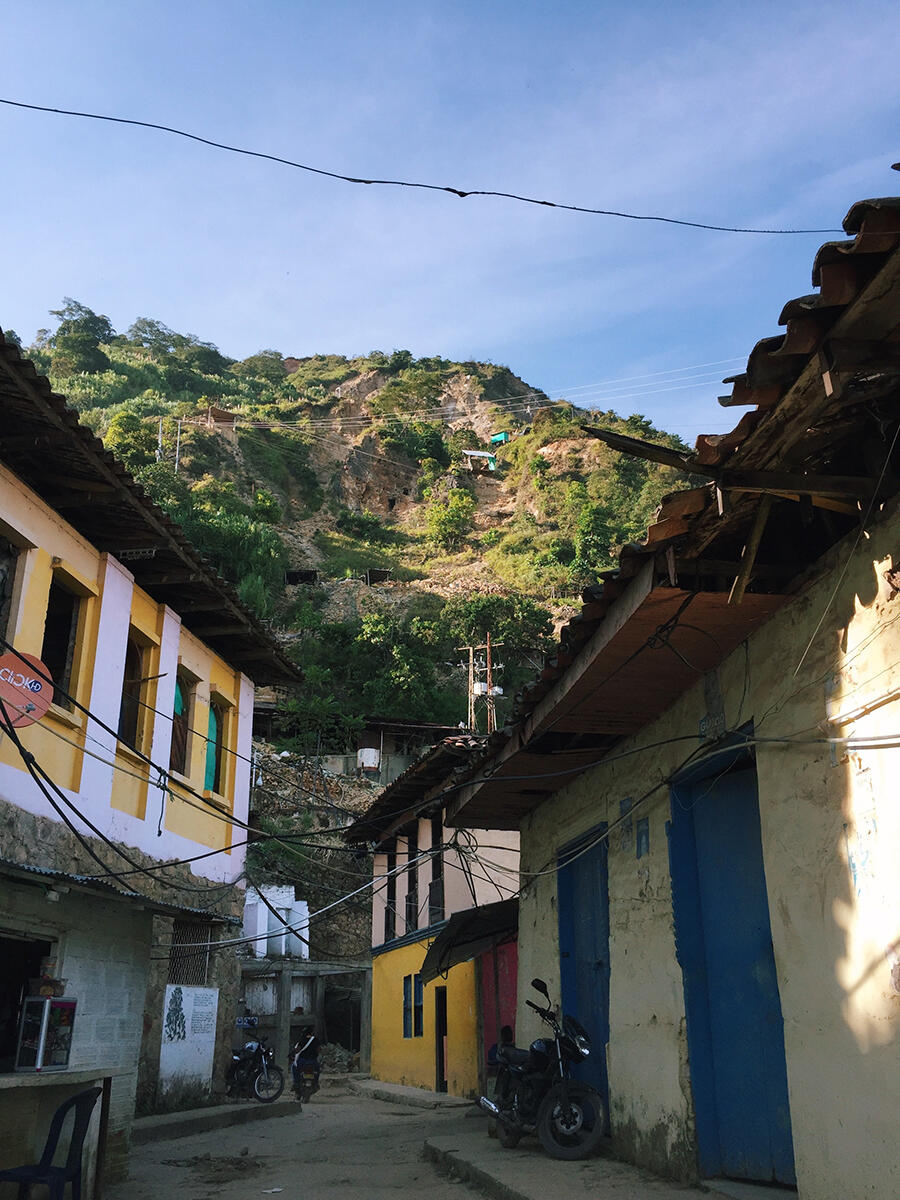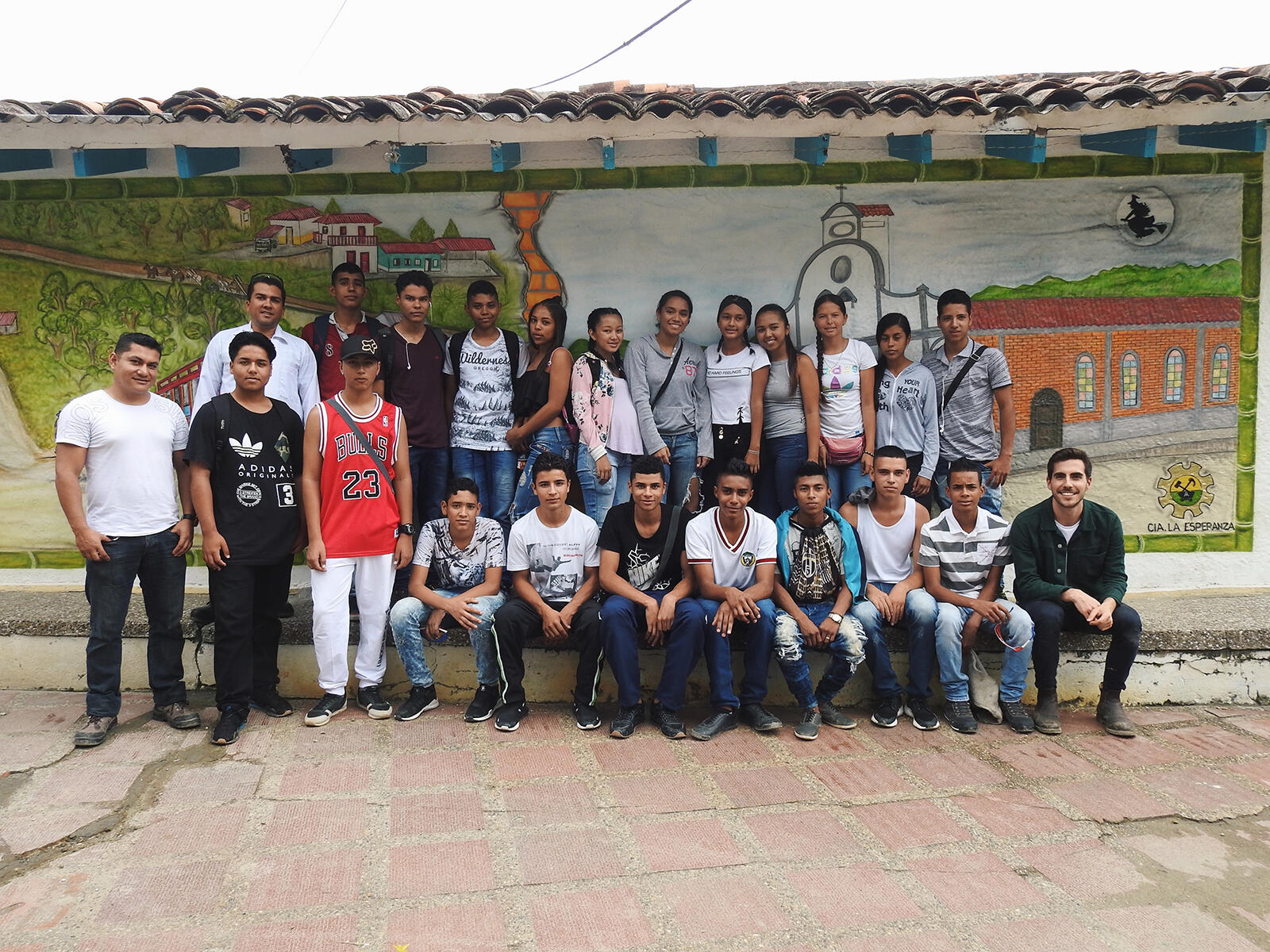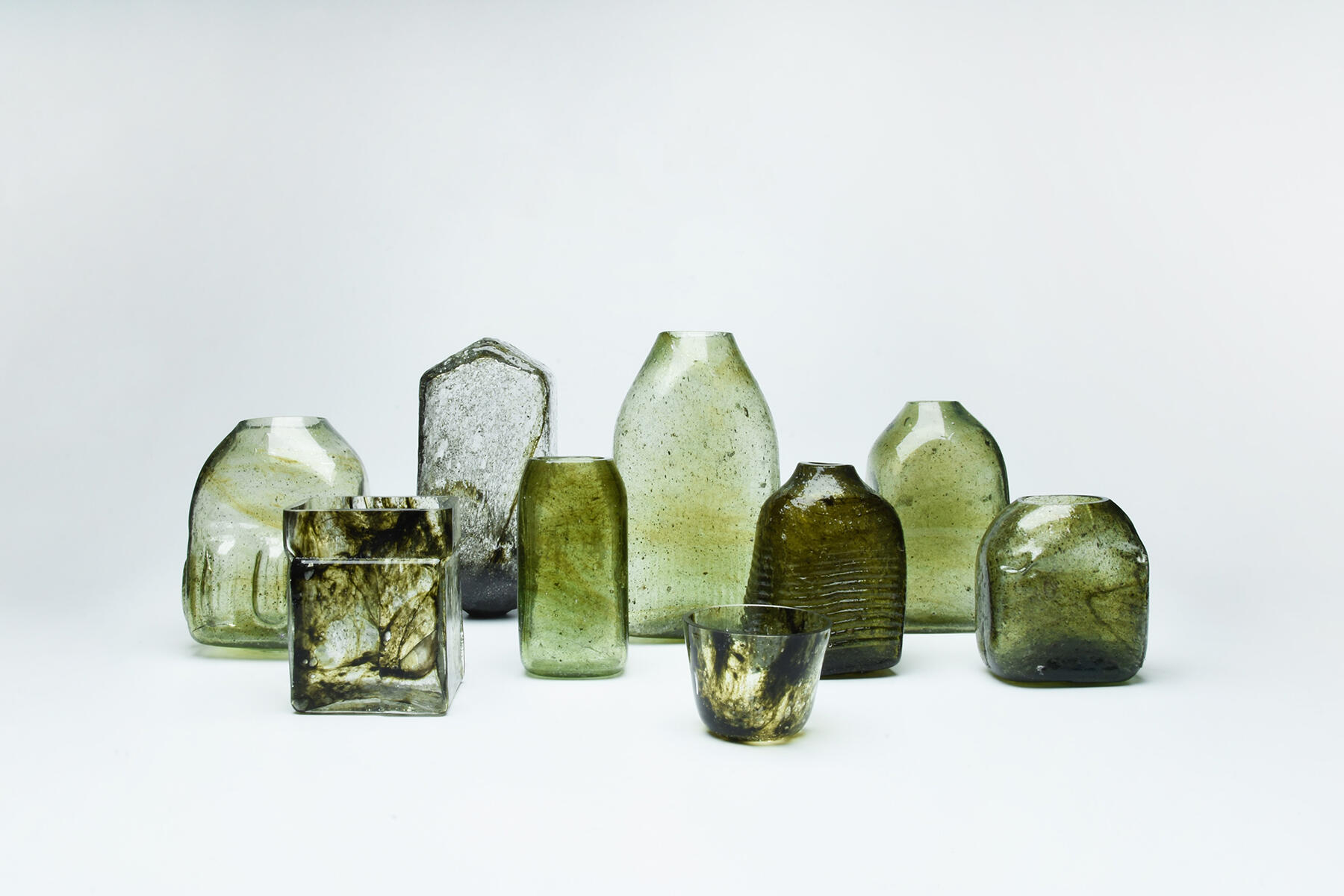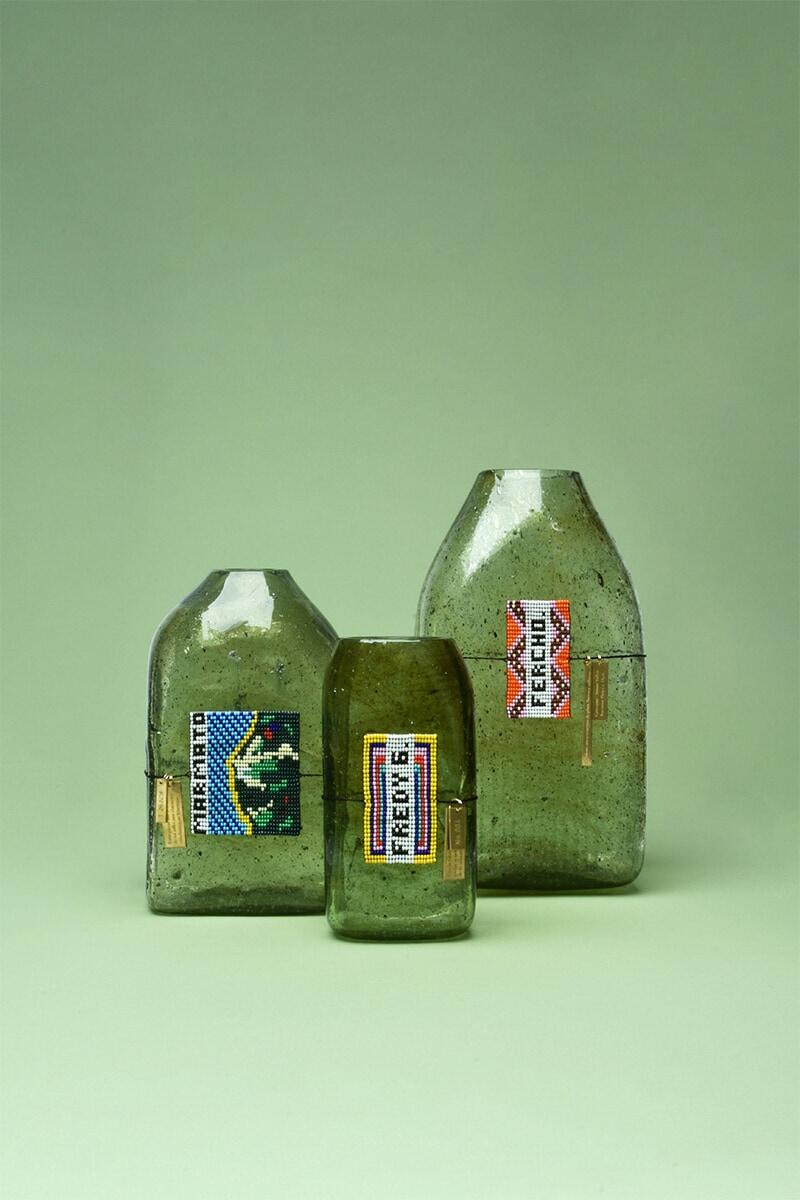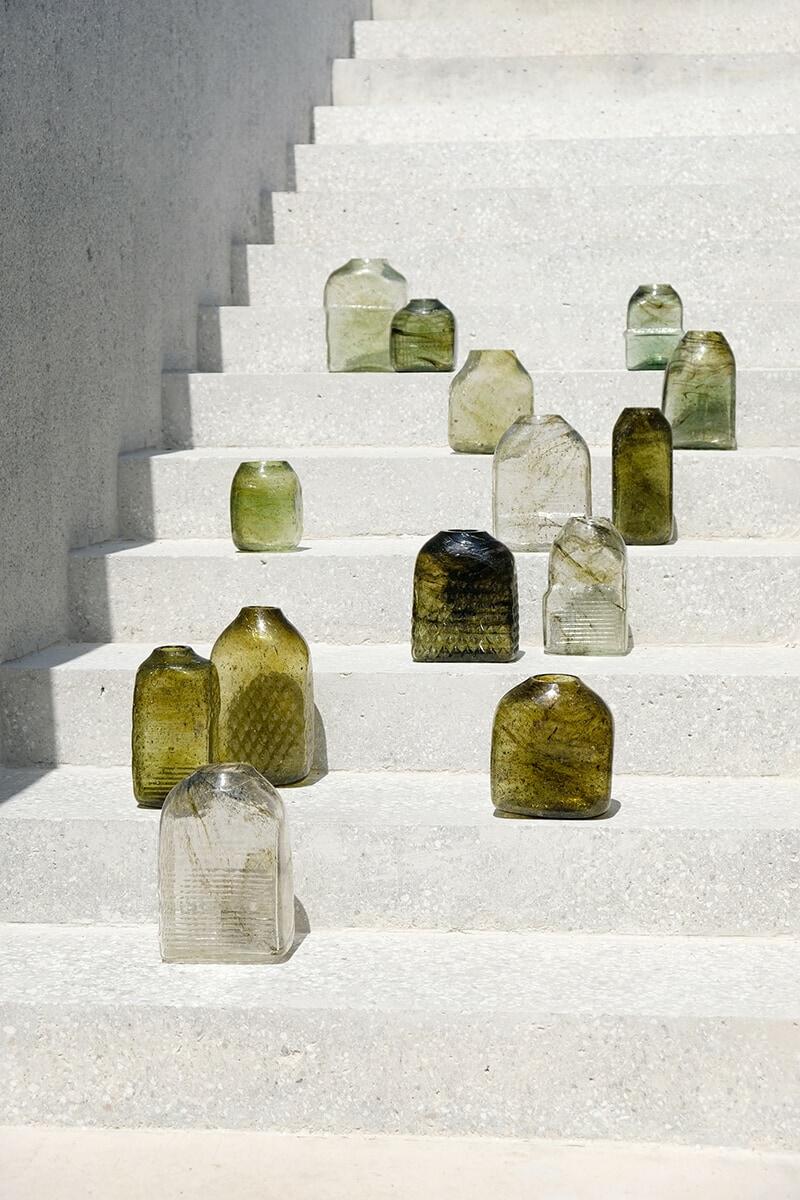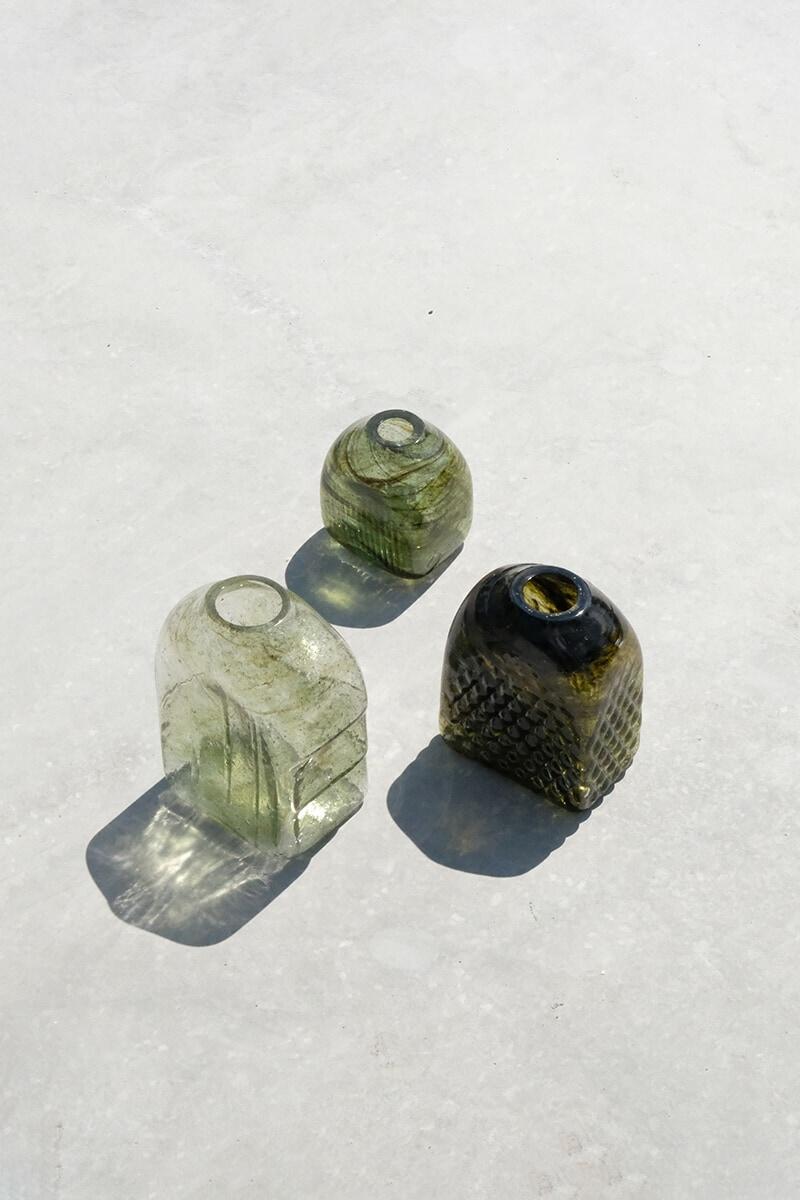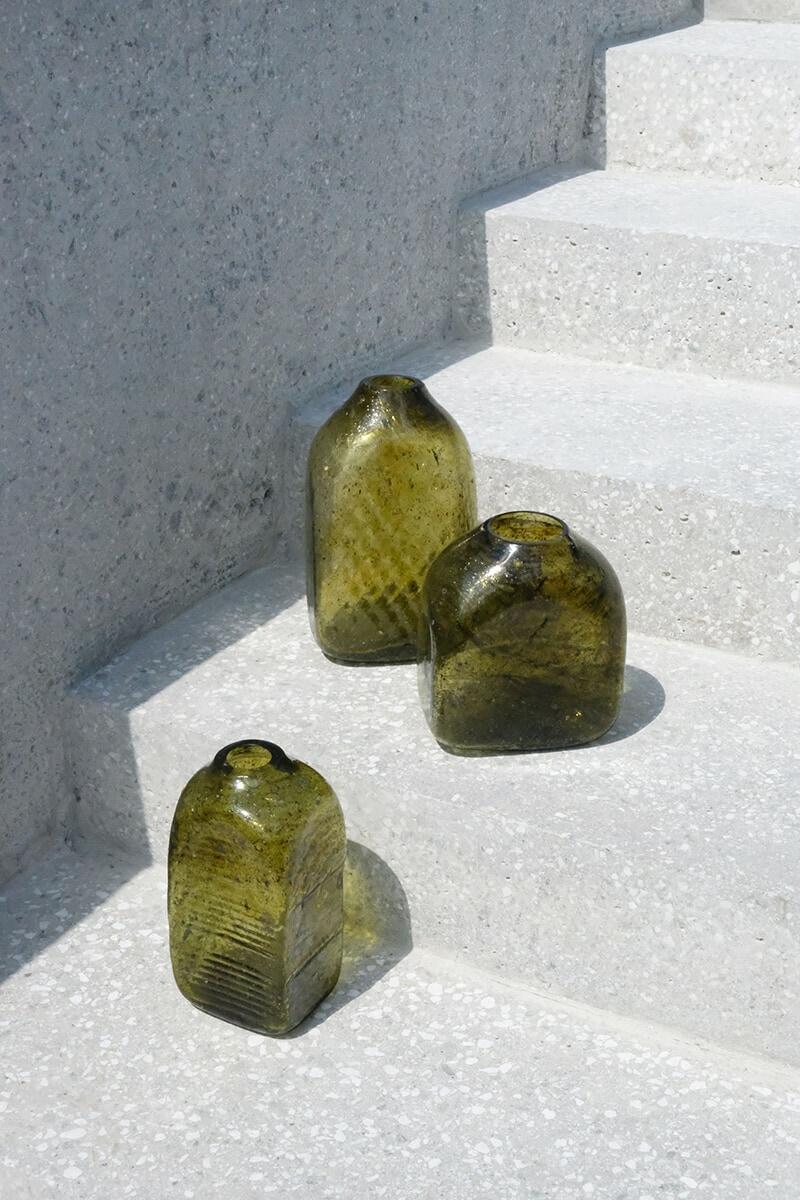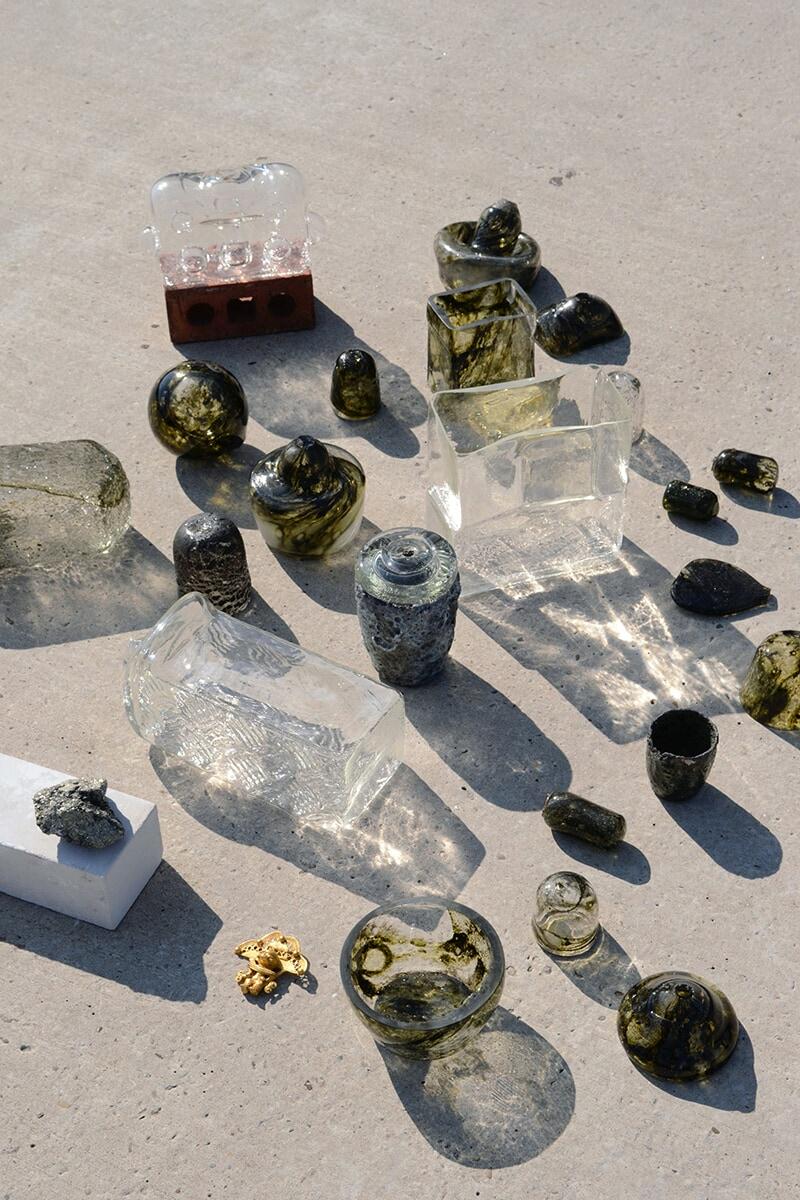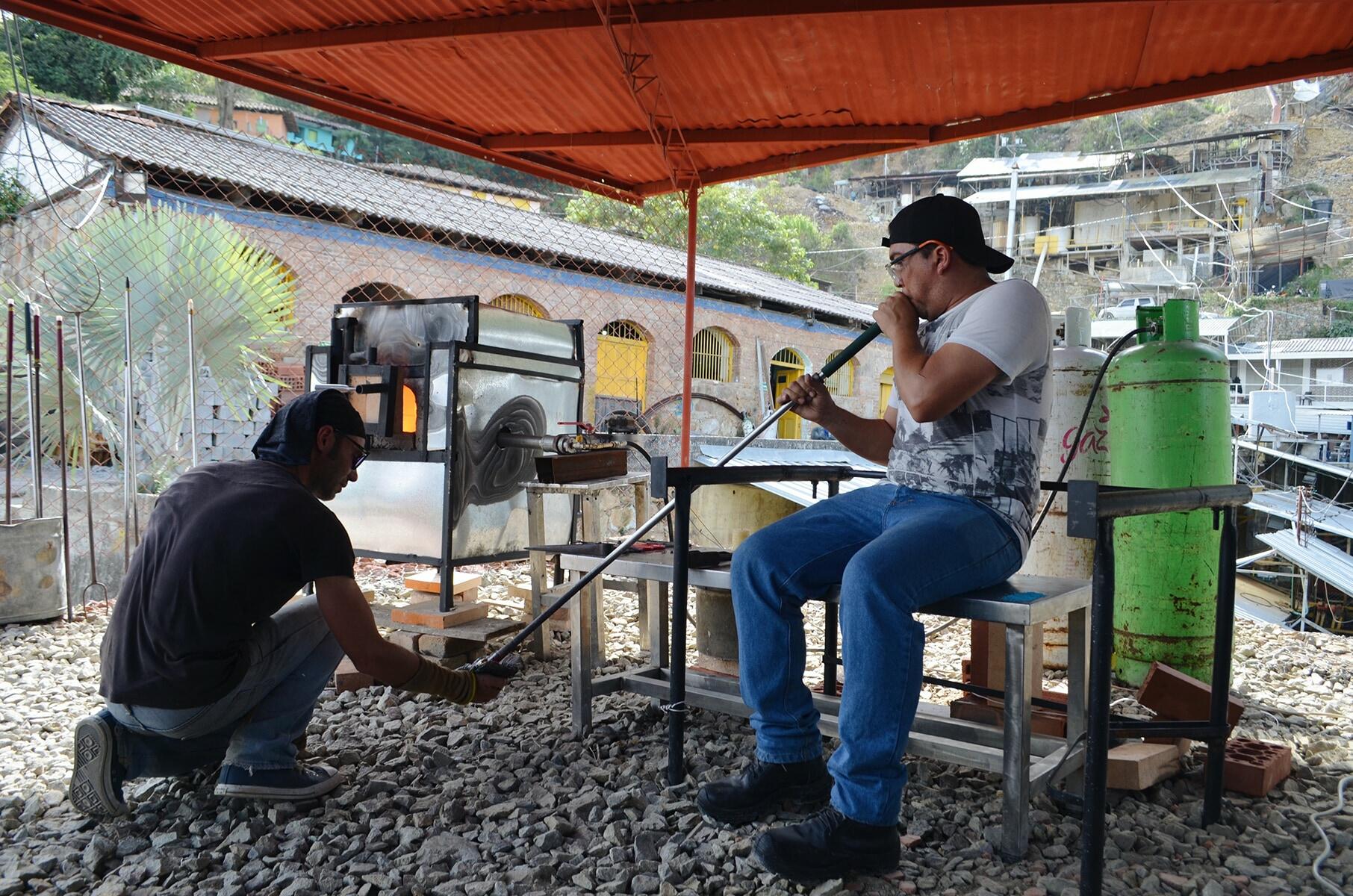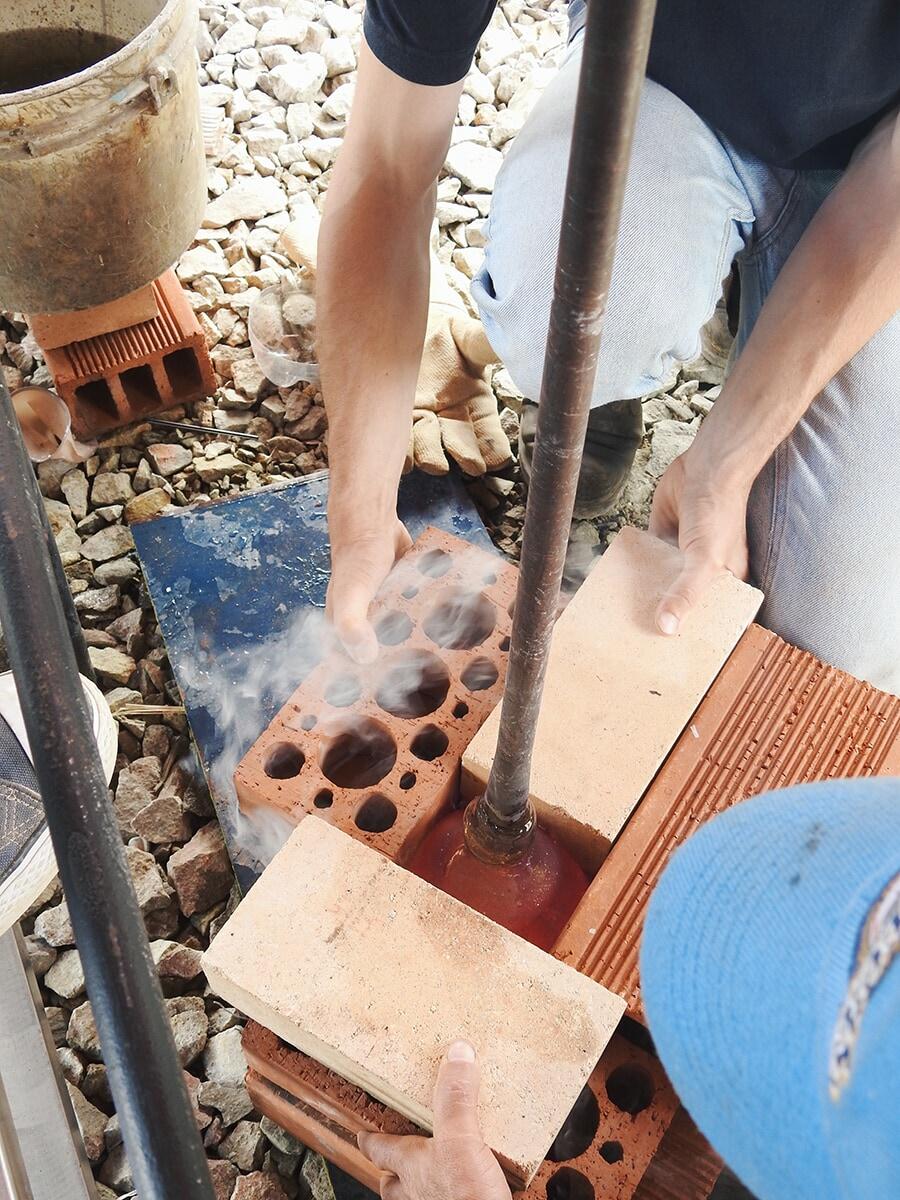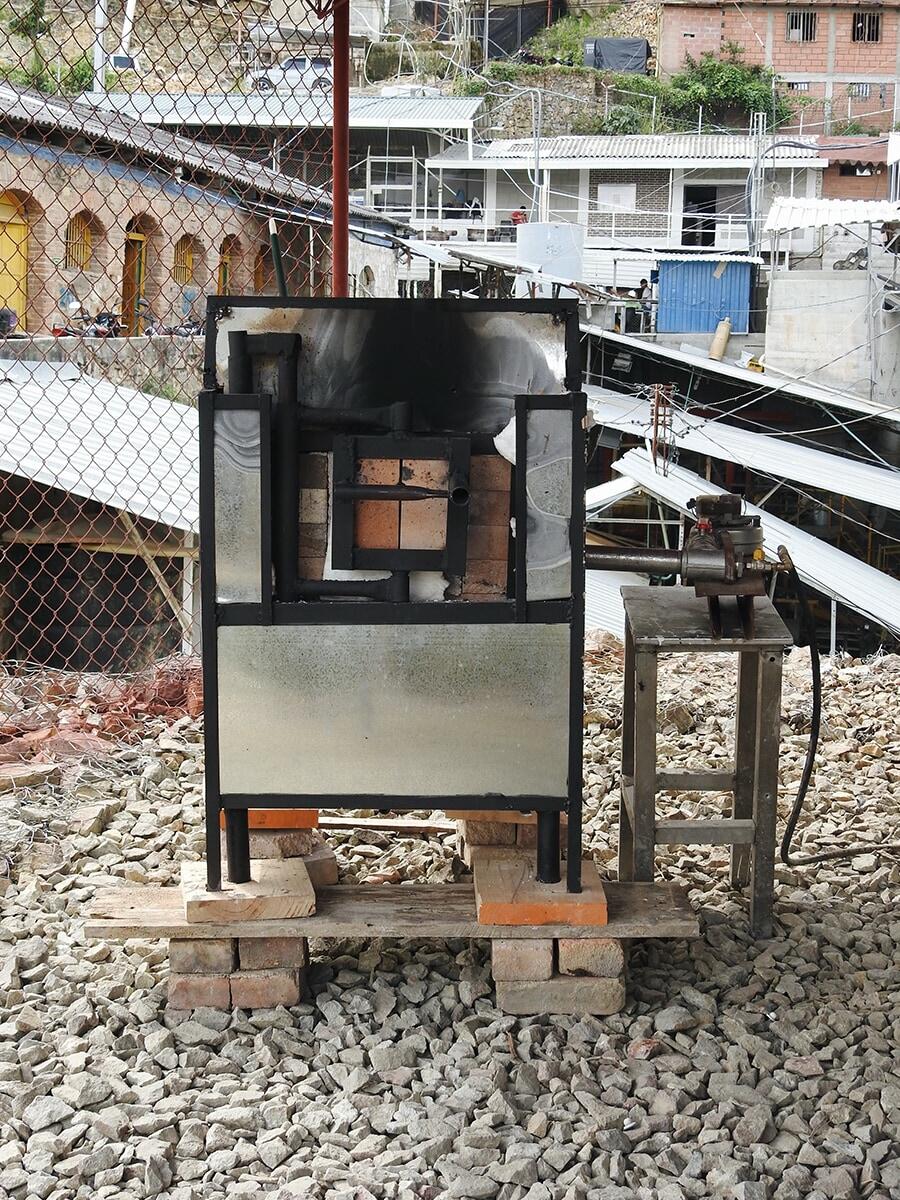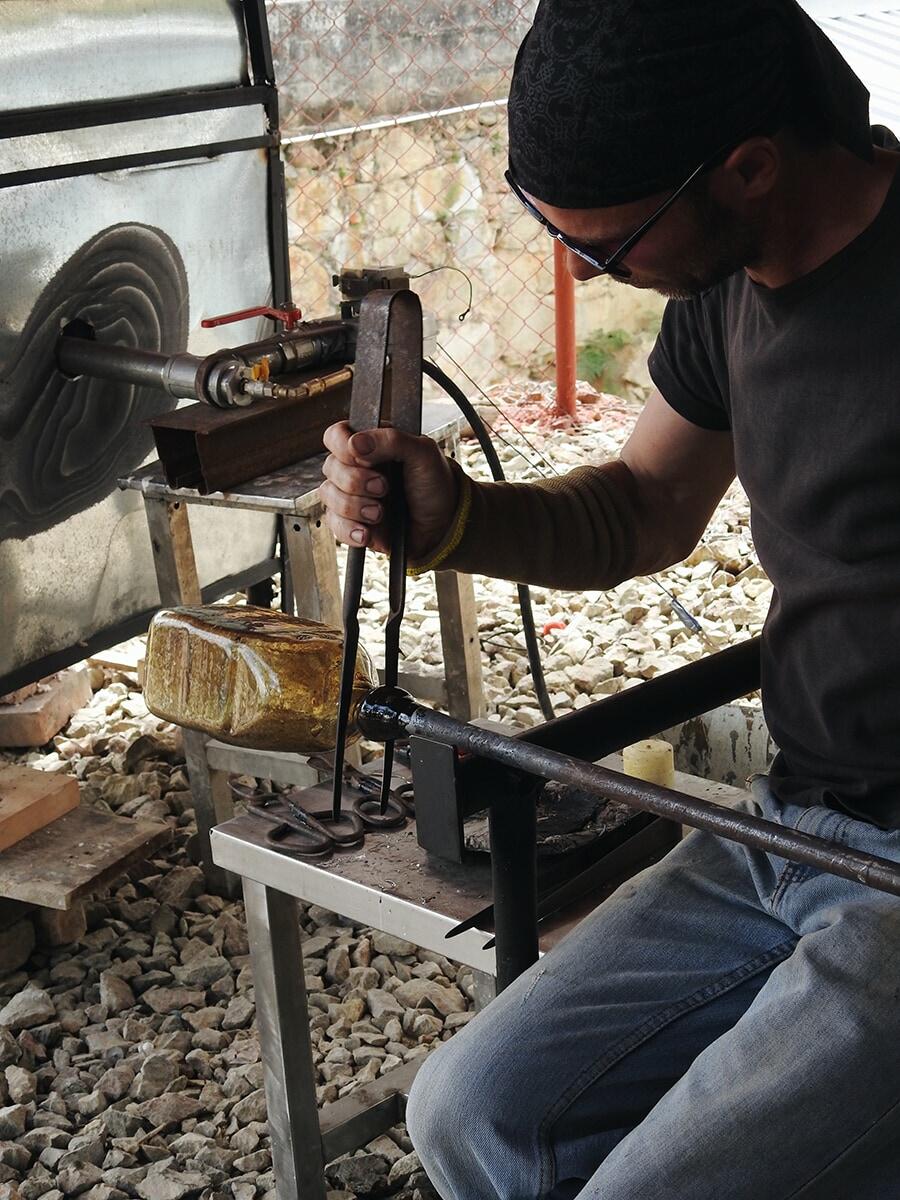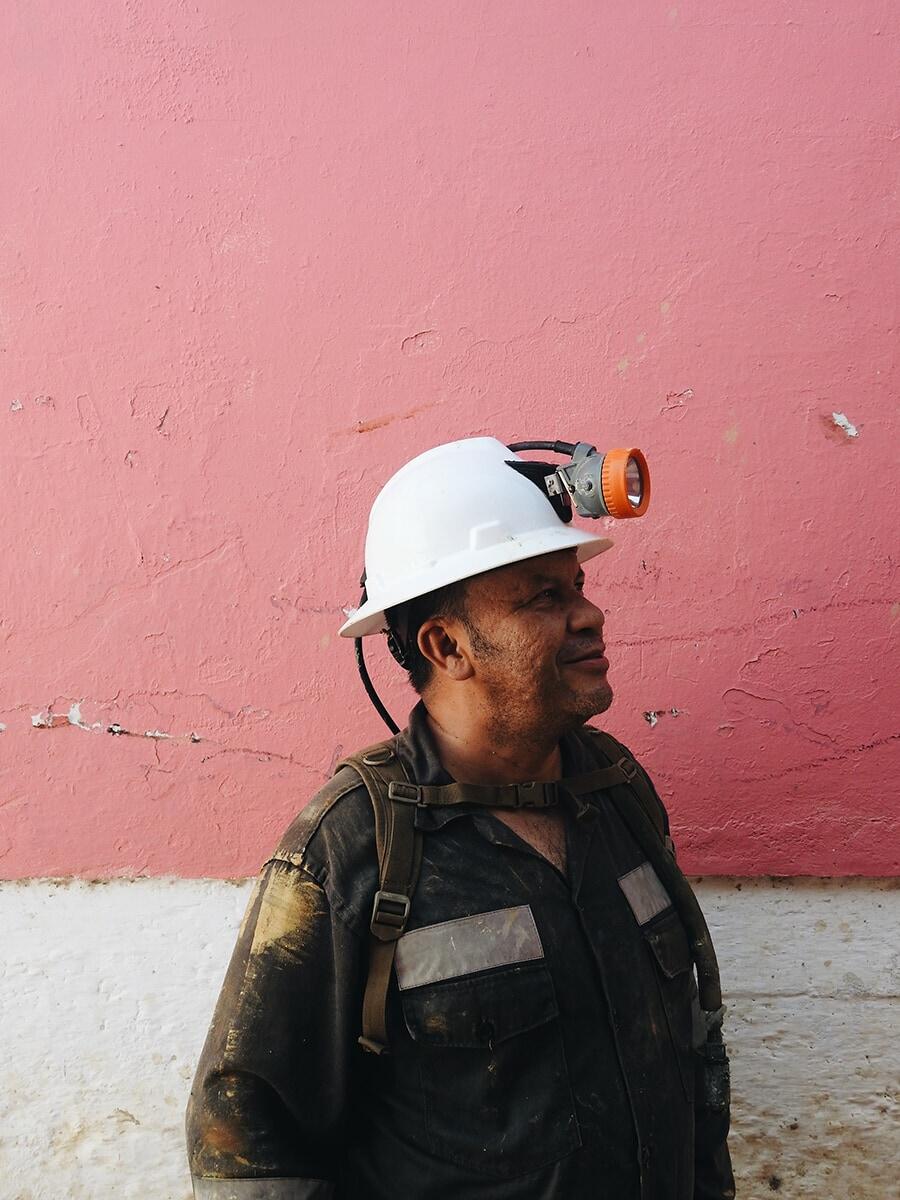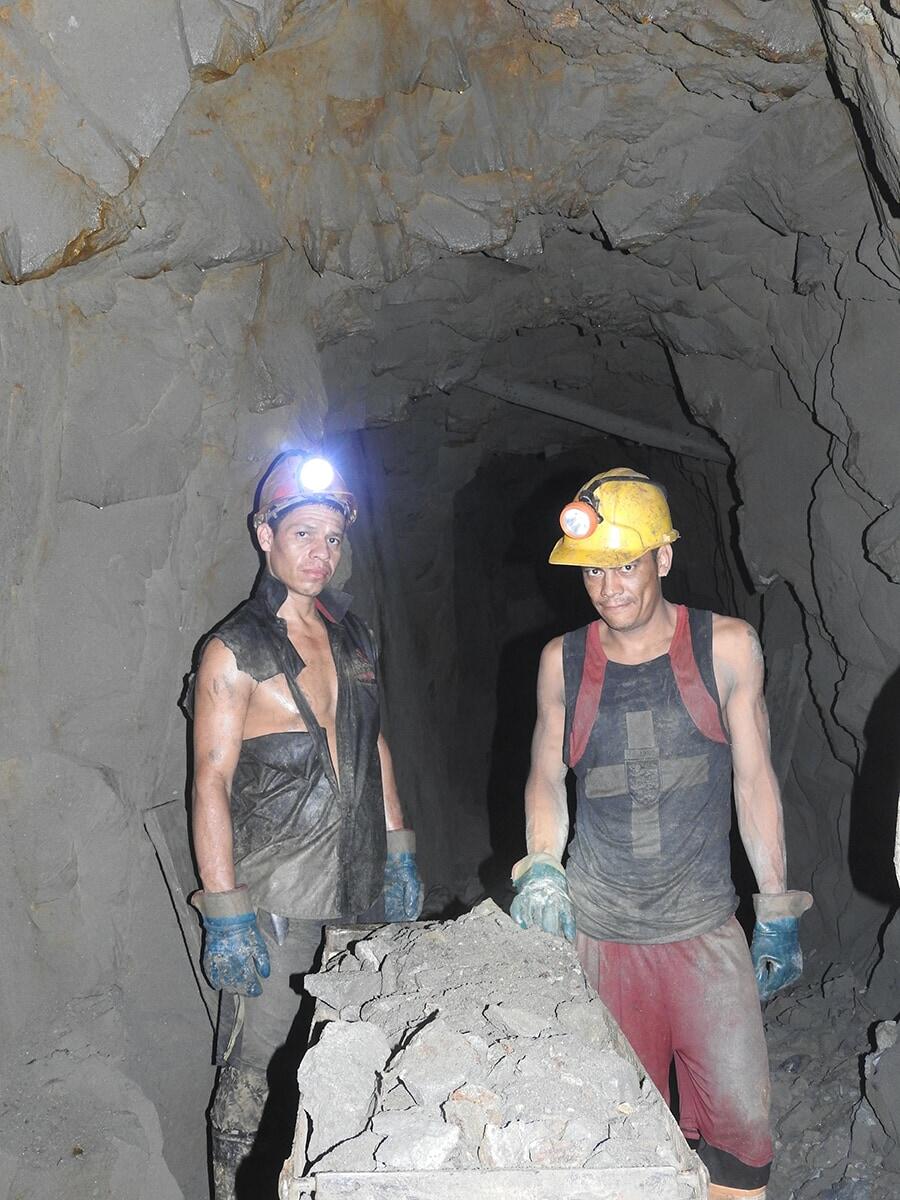Colombian designer Simón Ballen Botero has collaborated and worked inside the gold mining town of Marmato in Colombia, to explore the complex relationship between the local community and the local mining practices. Suelo Orfebre – which translates from Spanish as “golden soil” – explores the potential of constructing new social and economic values by transforming the waste products of gold mining into glass objects.
Through gold, a detailed history of Colombia can be told from past to present. Lured to the Americas by tales of El Dorado, conquistadors exploited the gold mines of Colombia for centuries. To this day, gold is central to the identity of the local mining community in the Marmato region. The mine is still operating, it is one of the few non-foreign owned mines in Colombia and has remained collectively owned by the town’s inhabitants.
Being granted access to the mines, Simón visited Marmato and soon built a relation of trust with the people and the community. There, he discovered Jagua, a by-product from the mining industry. Jagua is the name given to the crushed ore after the gold is being processed and extracted. The sand-like material contains leftovers of gold and other elements like silver, iron and sulphur. Today, Jagua has no value, however, in the past it was used by the nearby glass industry to produce amber and green coloured beer bottles. Nonetheless, cheaper and more “stable” materials are nowadays brought from further away places in Colombia and abroad, hence replacing the use of the local sources, leaving more than 100 tons of materials that are discarded in the Cauca river each day.
To reduce the environmental impact of mining, Suelo Orfebre aims to rediscover the use of this otherwise valueless material. The project started back in 2017, as part of Simón’s graduation project at the Design Academy Eindhoven. Initially, he started experimenting with the material with the help of different craftsmen and glass experts around the Netherlands, Belgium and Finland, experimenting with Jagua. Through this process, Simón realised the importance of leaving visible the traces of the mineral in the glass as an alternative to industrial homogeneity in glass-colouring but also the importance of applying and sharing the knowledge learned with the community.
Simón returned to his country of origin, Colombia, and with the help of the community and glass blower Pieter van Dyck, he built a glass oven on the site of the mines using local and easily accessible resources. “The idea behind the oven was to bring the knowledge back to the community, not in a sense of a colonial attitude but rather as a source of empowerment for the locals, something that could last for them”.
After the oven was built, Simón and Pieter conducted a series of workshops together with about 50 high school students and local miners, also including the local jeweller and other institutions. During the workshop they discussed the history of gold and its relation to glass. They talked about the processing of gold and how extracting chemicals like mercury and cyanid could be avoided by transforming the Jagua waste at earlier stages in the extraction process. They also discussed how a material gains value through transformation and the importance of looking at local resources/waste. Simón and Pieter worked with the students on how the waste of gold mining can be used for the colouring of glass and how this craft could in the long run be part of a new economy for the people of Marmato.
For the purposes of the project they constructed the moulds for glass blowing using only materials that could be easily found in the surroundings of the mines, like bricks, wood pieces and metal scraps. Here, the participants could decide how the pieces would be formed thereby creating a sense of belonging with the objects rather than imposing the designer’s choice on the project. This is highly important as the moulds themselves become tools for empowerment, thereby avoiding the need for expensive and highly complicated glass moulds and understanding the local limitations as an advantage.
The results of the project offer a catalogue of possibilities for the social and economic benefit of the local community, by exploring the potential of constructing new values from the local resources. The project hopes to encourage local habitants to make use of their own local realities and to make the use of Jagua desirable again.
The collection of emerald-green coloured vases, are named after the members and participants from the community. The names are weaved as labels, using the traditional glass beads techniques from the region that surrounds the mines.
The project implements a method that fosters the use of local realities inside the community as well as building a discourse around design as a narrative medium that must cease to strive to “mirror” the coloniser. In that process, “our own practices must be decolonised” adds Simón.
In collaboration with Pieter Van Dyck and James Lemus. With the support of the community of Marmato, Colombia
